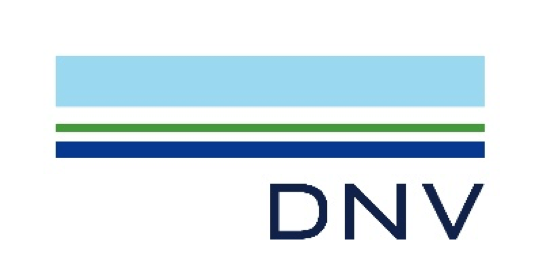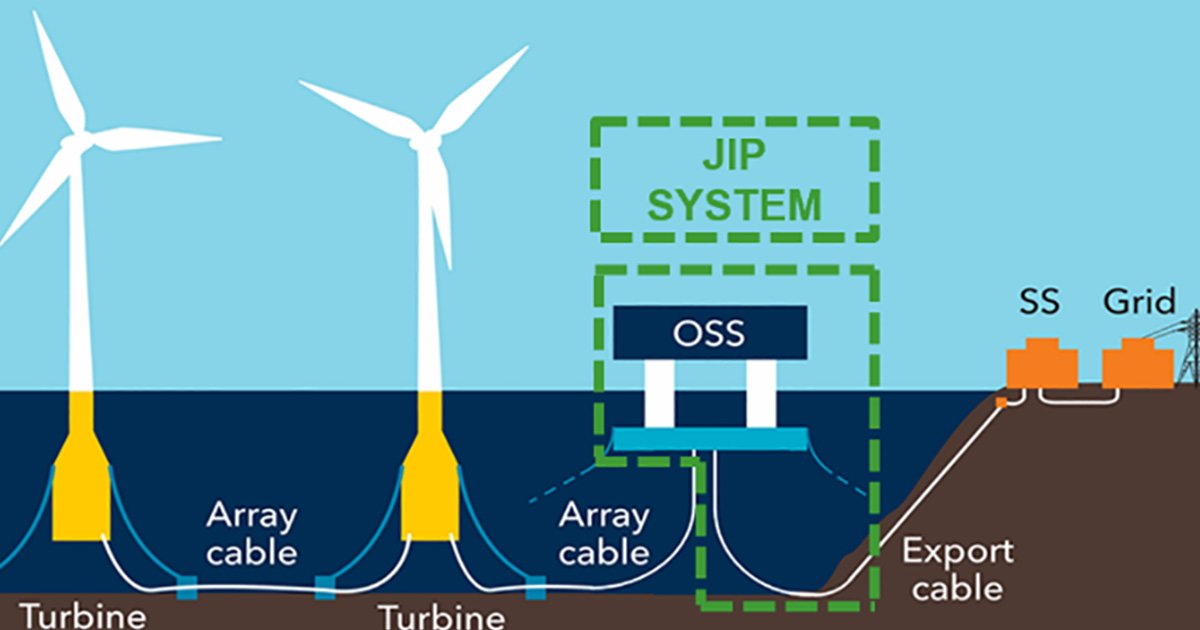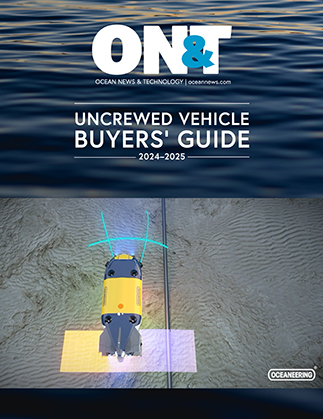The collaborative industry effort has brought together 38 participating companies (including transmission operators, developers, component suppliers, Engineering, Procurement, Construction and Installation contractors, and yards) to tackle the distinctive challenges associated with floating offshore substations.
 Floating offshore wind capacity is projected to exceed 260 GW by 2050, as per DNV’s 2023 Energy Transition Outlook (ETO) research. Offshore substations play a crucial role in the scaling of floating offshore wind, serving as hubs to connect multiple wind turbines and transmit renewable energy to markets. Designing and implementing these substations present distinct challenges, including the need for high-voltage dynamic cables and electrical equipment that can withstand the movements of floating structures. With a focus on closing gaps in existing technology and standards applicable to floating substations, the JIP will help the wind industry meet its potential and contribute to the ongoing evolution of the global energy system.
Floating offshore wind capacity is projected to exceed 260 GW by 2050, as per DNV’s 2023 Energy Transition Outlook (ETO) research. Offshore substations play a crucial role in the scaling of floating offshore wind, serving as hubs to connect multiple wind turbines and transmit renewable energy to markets. Designing and implementing these substations present distinct challenges, including the need for high-voltage dynamic cables and electrical equipment that can withstand the movements of floating structures. With a focus on closing gaps in existing technology and standards applicable to floating substations, the JIP will help the wind industry meet its potential and contribute to the ongoing evolution of the global energy system.
The JIP’s Phase 1 primary outcomes include affirming the feasibility of floating offshore substations (FOSS) and export cables, identifying technology gaps requiring attention, and highlighting the maturity of AC solutions compared to DC. The project also carried out a feasibility analysis for generic floater types and dynamic export cable concepts. Emphasizing a robust design process for optimized integrated floating substations, DNV plans to incorporate the JIP’s findings in the next update of DNV-ST-0145 for floating substations and of DNV-ST-0359 for dynamic cables, both scheduled for 2024.
Claus Christensen, Senior Chief Specialist at Ørsted and JIP Chairman explained: “Standards are important in emerging industries as they encourage innovation and competition while ensuring safety and reliability. It has been very valuable to work alongside 38 leading companies covering all scopes and disciplines in this project, and we look forward to floating substations being integrated to DNV-ST-0145. As the industry gains real project experience from designing and building floating substations, lessons learned need to be incorporated into the standard”.
“DNV, in collaboration with industry partners, had previously developed the widely used standard DNV-ST-0145 for offshore substations, primarily focusing on bottom-fixed installations. During the past ten years, this standard had played a crucial role, serving as a foundation for certifying electrical offshore substations. Through our predictive ETO research models, we recognized the growing trend toward floating wind. DNV initiated this joint industry project to develop standards specifically applicable to floating substations”, said Kim Sandgaard-Mørk, Executive Vice President, Renewables Certification, Energy Systems at DNV.
“The JIP contributed to a joint understanding of the challenges in floating offshore substations, which are key components for the evolving renewable energy landscape”, added the JIP project manager, Kristin Berg, Senior Principal Consultant, Energy Systems at DNV. “Our call for partners garnered significant interest, meeting the objective of establishing a joint understanding of best industry practice and technical requirements. Collaboration among industry experts is always instrumental in technology and standards development, and this will ultimately be beneficial for the whole renewables sector, as we facilitate the scaling of floating offshore wind projects.”
DNV is now initiating Phase 2 of this JIP, where Phase 1 participants and new participants will be invited to join. Phase 2 will build on Phase 1 deliverables and input received from the contributors.
For more information about DNV’s joint industry project and its contributions to the development of offshore substation standards, download the project summary report on DNV’s website.
To find out more about the latest growth and Levelized Cost of Energy (LCOE) prediction for floating offshore wind, please download DNV’s Energy Transition Outlook Report 2023.

